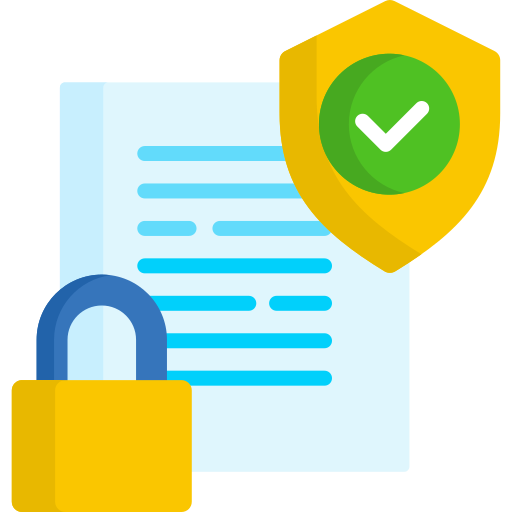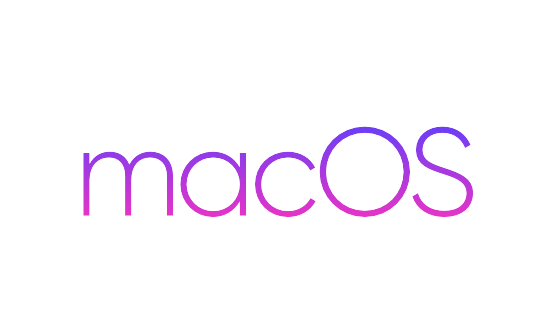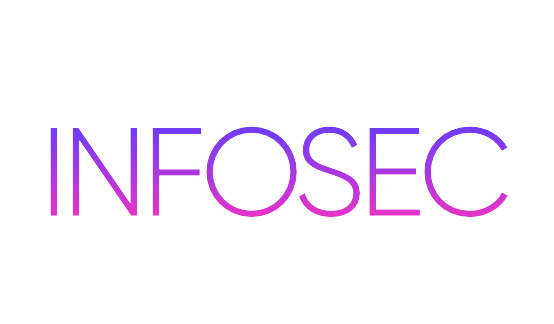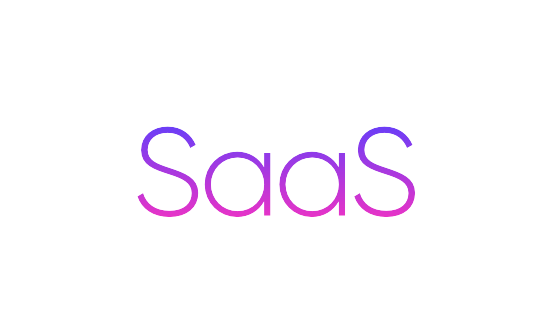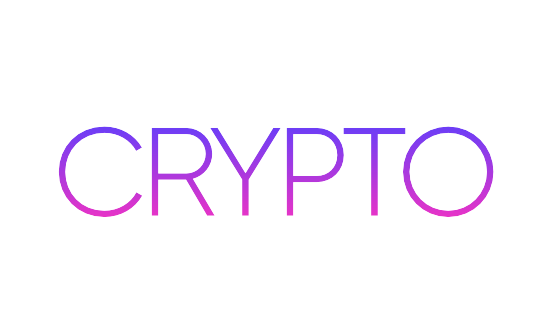Companies are gradually embracing a hybrid workforce model across a variety of industries: AI (Artificial Intelligence)-powered digital colleagues work alongside their human counterparts and assist them.
The global transition to a remote workforce has redefined the way business models are organized by companies. A new age of work will arise as executives revive work policies to accommodate remote workers well past the originally expected duration: the hybrid workforce, another one mostly divided between office and remote environments. Although this transformation offers organizations and workers a wave of opportunity, it also opens new doors for bad actors to prey on strained IT departments that have taken on additional responsibility to ensure that confidential data, whether on or off the corporate network, remains safe.

What is a Hybrid Workforce?
Hybrid workforce planning is a deliberate design that allows workers to flow from remote solo locations and small population microsites to conventional clustered facilities (offices, warehouses, retail, etc.) via different work sites.
The concepts of mutual ownership and trust are at the core of a hybrid workforce model, which helps companies break down long-held assumptions and possible misconceptions about where and how work is most efficiently done.
How to secure the hybrid workforce?
Change opens up the chance for risks, as many IT professionals know. There are some important security issues that your clients need to discuss when employees embrace this new transition to a hybrid work environment.
Redirecting funds:
Customers are now calling for their spending on security to pivot. They may have been looking for a network upgrade at the office before, but now they want to introduce strategies to protect their remote workers. They don’t need as much equipment if they think they no longer need as much office space, but they might eventually transform as money into other security solutions. If 75% of your workforce works remotely, then it would be more necessary to purchase endpoint security for them. But your conventional perimeter will still need to be guarded. Via our remote home secure program, we suggest assessing the risk to determine the actual risks that these various groups of employees hold. Customers can become more competitive with their security spending based on the assessment results. If we can paint the new hybrid leadership risk scenario, then the client will be more effective in redirecting those organizational funds to other strategies for cybersecurity.
Cloud security:
For many reasons, using the cloud with remote employees is smart, including automated job backups and better collaboration. This gives businesses the opportunity to impose restrictions on documents. There is a possibility for someone editing the document to add malware to it if businesses do not place those controls around their cloud. It will influence someone else who opens up the file. These cloud systems were swiftly introduced by your customers to support remote users. But if your clients take advantage of all the functionality provided with their cloud subscriptions, it is worth seeing, and the functions are correctly and safely installed. It doesn’t mean it is safe just to plug something in, turn it on, and include it in the infrastructure.
Employee retraining:
Clients will have to concentrate on armoring workers who are going to be everywhere. This is accompanied by reports of policies and plans being revised. If you are a company that needs to move into a hybrid work environment, recording new policies and practices to reflect the new reality is up to you. Companies, if their documentation does not reflect their new fact, are therefore at risk of breaching enforcement. Without documentation, authorities can levy hefty penalties on organizations. There is an excellent opportunity to continue into a training mode and resynchronize everyone after this documentation is modified since productive organizations know what they do and know who does what and can implement it to protect the organization.
Complexity management:
Partners will have to help customers articulate to leadership why it is necessary to make up-front security investments and why it is necessary to have a potential security infrastructure baked into it in order to avoid spending time attempting to comb through these complex environments. Security is at a bare minimum in many cloud examples. One of our partners, for example, partnered with a client that performed the usual annual disaster recovery plan examination. The workers assigned to complete the test found that many systems they intended to assist were no longer on-site; the systems were on the cloud and the staff did not know how to conduct such tests for disaster recovery. They went to the business unit that bought the cloud services and was told that they had no need to think about it, that it was in the cloud. It will go around to the cloud data centers easily if you have poor data in the cloud, which does not help in a DR situation. To avoid the headaches that come with retroactively trying to figure out how to make these multi-cloud environments comply with enforcement and struggling to find the extra costs necessary to secure the network, take a security-first approach.
Why choose Hybrid Workforces?
Many of the regular activities that the workers perform, day in and day out, are essential activities. They need to be finished. The problem is that it is becoming increasingly obvious that greater workloads bring an increased risk of error with them.
BitSys Technologies has helped companies to manage the cybersecurity threats of a blended workforce across Europe and the US. We offer purpose-built devices that allow your staff to operate in any location safely and securely.
The best way to build a zero-trust security posture for protecting your hybrid workforce is to combine the right devices with our range of scalable cloud applications and managed IT services. Contact us today to explore your organization’s strategies for powering a hybrid workforce in the future.
Hybrid workforce planning is a deliberate design that allows workers to flow from remote solo locations and small population microsites to conventional clustered facilities (offices, warehouses, retail, etc.) via different work sites.



